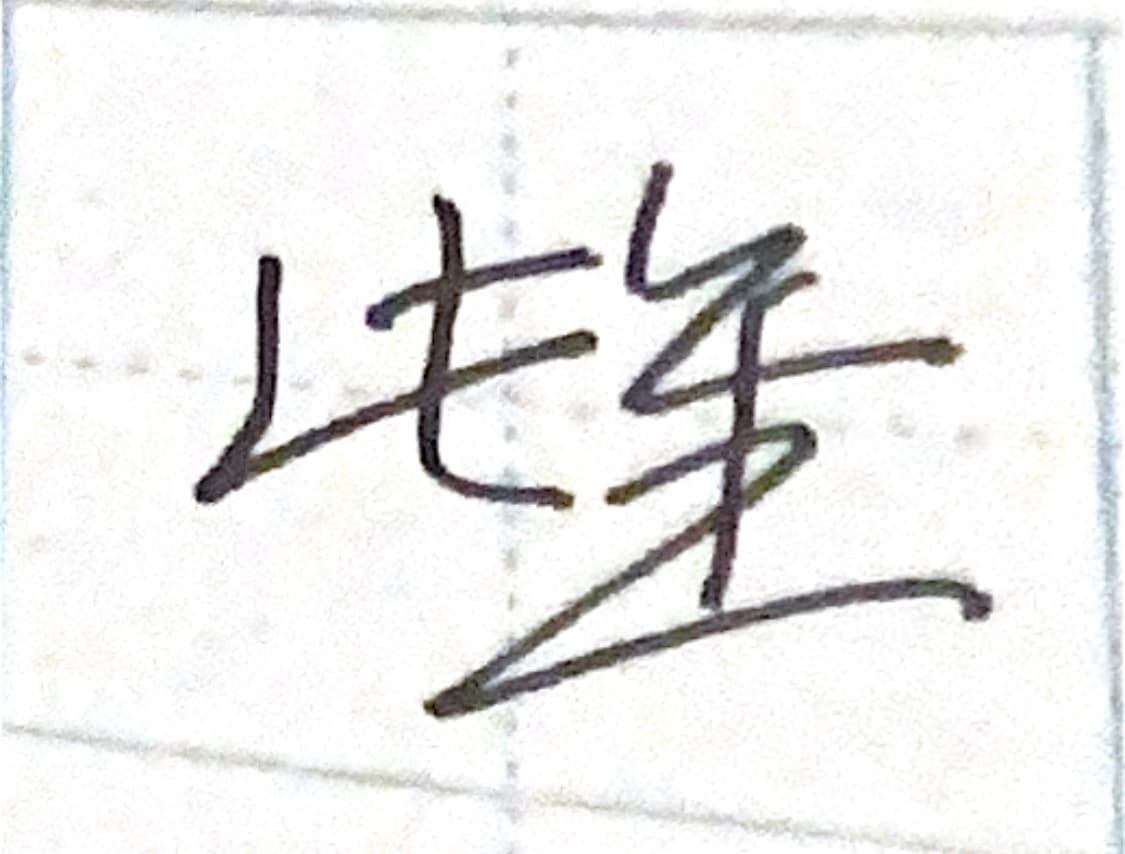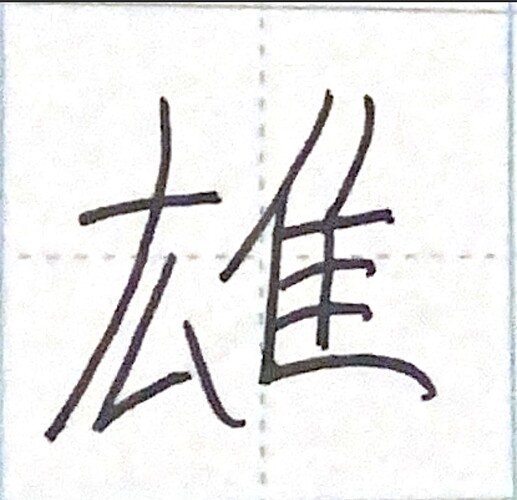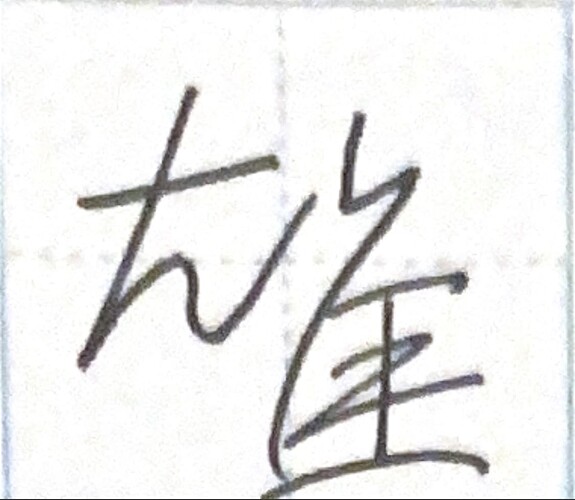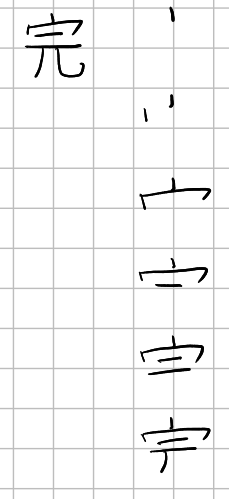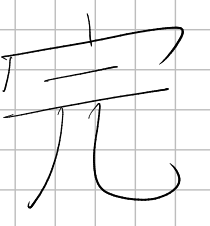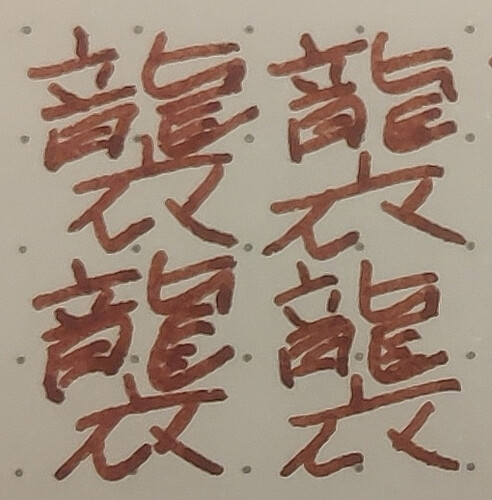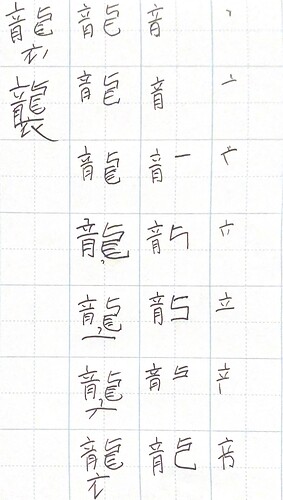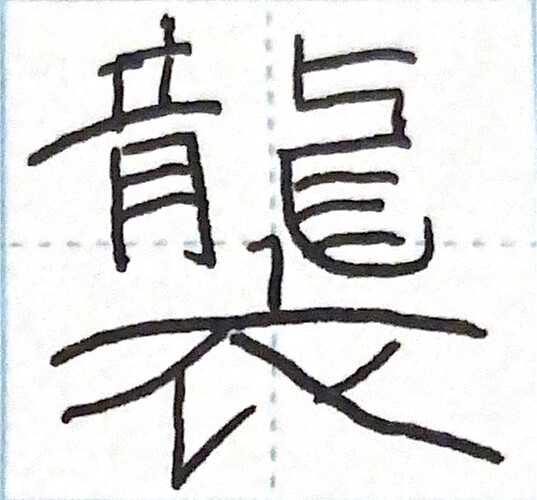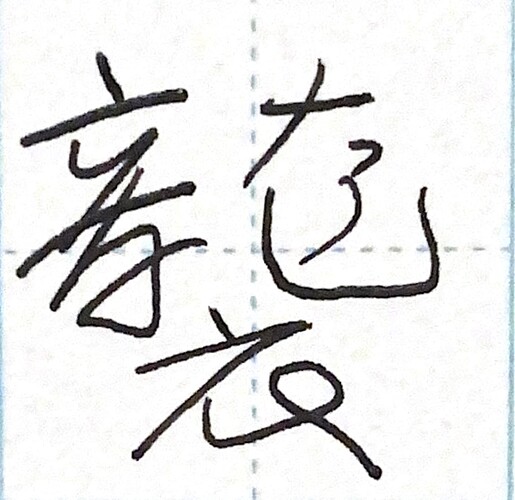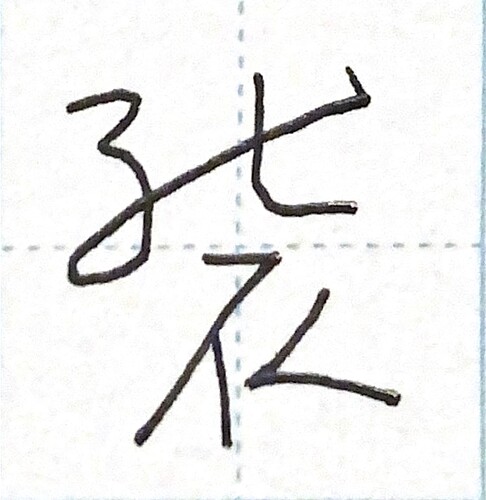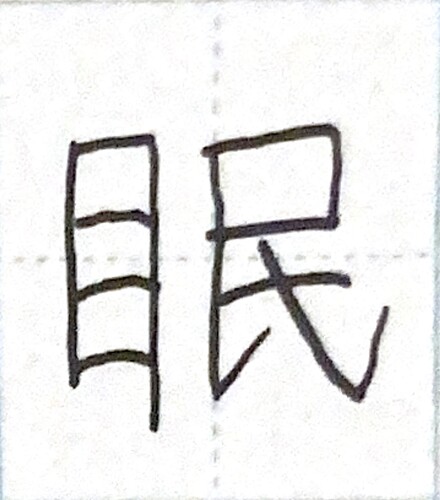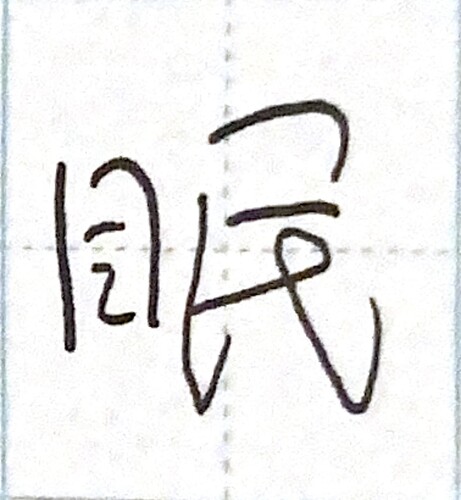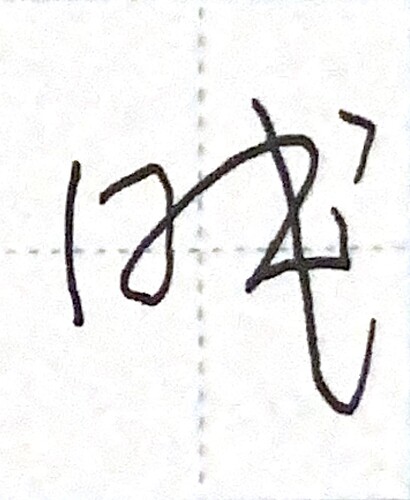It refers to which era/type of reading, and in particular the 音読み came over to Japan. There are generally three categories:
呉音→Goon (呉 refers to Wu region of China ~500 to ~600)
- Primarily old Buddhist and a few Confucius writings. These are also the oldest readings for kanji. Really it’s anything that made it over before the major expeditions. There are somewhat systematic and you generally see how the sounds shifted from these to the 漢音 counterparts.
漢音→Kanon (漢 refers to China as a whole - 607 to 838)
- These are the bulk of 音読み and were developed during the Tang Dynasty when many Japanese missions were made to learn from Chinese culture. These are relatively systematic in Japanese and the 音分 of a kanji usually refer to this reading.
唐(宋)音→Touon/Souonn Tousouonn (唐 Refers to the Tang Dynasty and 宋 to the Song - 618-907 AD)
- They are much rarer but they do exist and tend to be specialized words that entered from later borrowing from Chinese. These are piecemeal and do not have a general systematic framework some of the bane of early Japanese learners are words that come from these readings.
Compare these three words that all use 行:
- 行書(ぎょうしょ) - Semi - Cursive (Inline writing); A specialized word referring to how the Buddhists learned to transcribe the texts they were reading, and now is a form of cursive.
- 旅行(りょこう) - Travel; A general word that is common place with no particular nuance.
- 行灯(あんどん) - Paper Lantern; A specialized term or a word referring to a cultural artifact of Tang dynasty China.
There is certainly more, but hopefully this is a good starting place for the people of this thread and forum.




